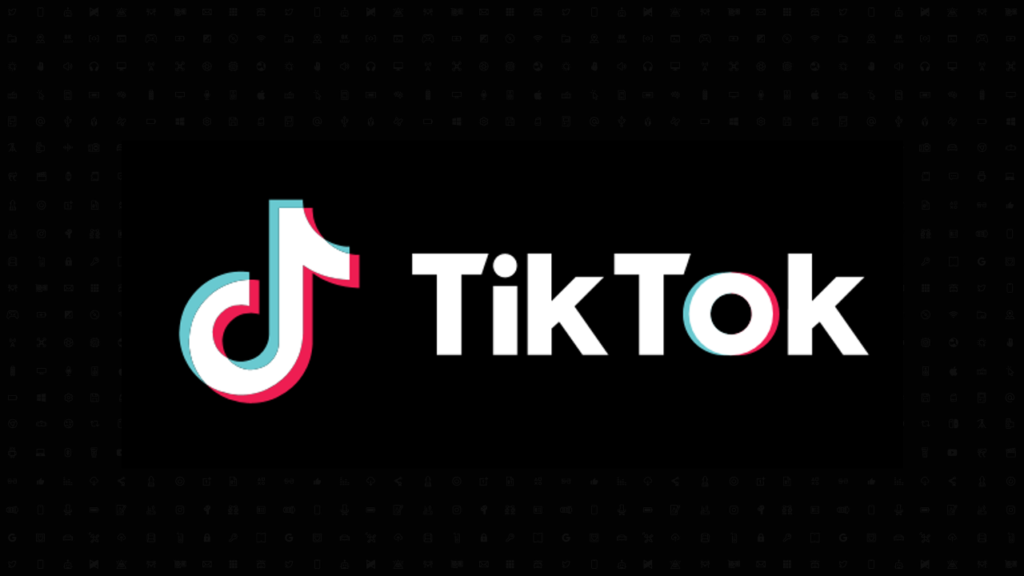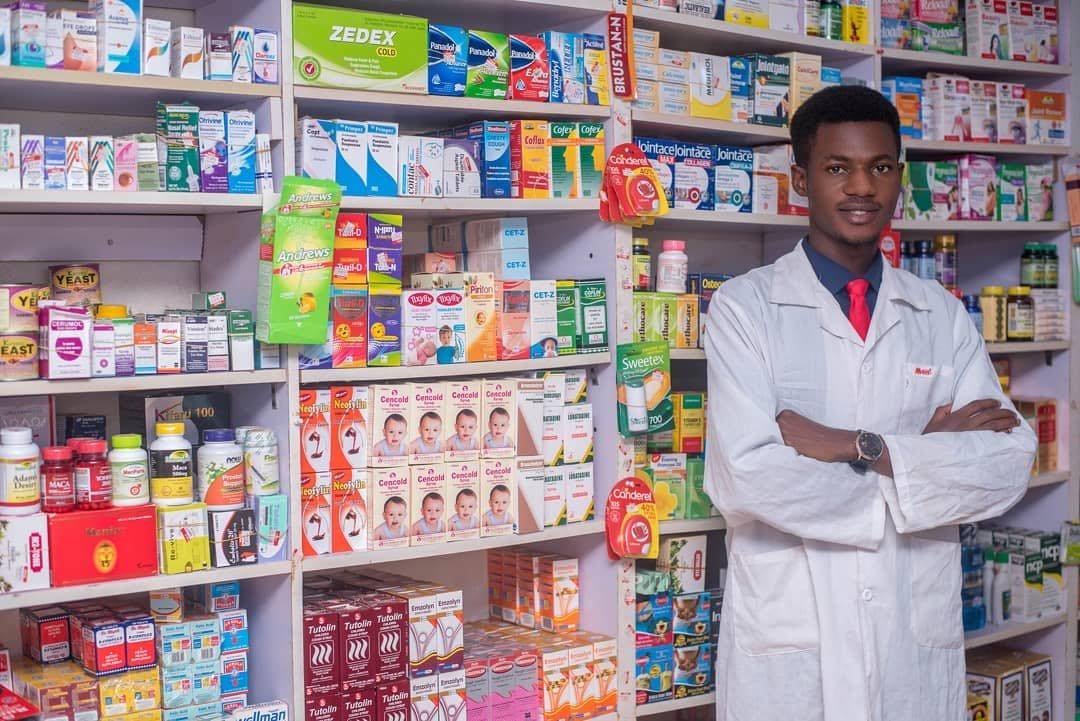How To Detect Fake Drugs In Nigeria: Essential Steps For Consumer Safety
The WHO defines counterfeit drugs as those deliberately mislabeled to deceive consumers about their identity or origin, affecting both branded and generic products. Other types of illicit drugs include substandard drugs, which are authorized but fail to meet quality standards, and unregistered/unlicensed drugs, which lack approval from health authorities. Counterfeit drugs are often hard to detect, resembling genuine products, and may circulate through both legitimate and illegitimate distributors. They pose severe public health risks, potentially leading to untreated illnesses, serious health effects, poisoning, or death. Suspected counterfeit drugs should be reported to health authorities or law enforcement.
The National Primary Healthcare Development Agency (NPHDA) previoisly reported that over 70% of medicines dispensed in Nigeria are substandard, highlighting limited access to quality healthcare. Supporting this, the Nigeria Customs Service, alongside agencies like the National Drug Law Enforcement Agency and NAFDAC, continue to destroy containers of substandard drugs entering the country. These substandard drugs have serious health implications, causing issues like loss of sight, hearing defects, and kidney and liver damage, which continue to affect many Nigerians
Nigeria has become the largest counterfeit drug market in the developing world according to Bloomberg, leading to thousands of deaths each year due to fake drugs, with around 120,000 Africans dying annually from this issue. Fake drug peddlers operate widely, often disguising their products, while uncertified street chemists commonly sell medications. Most counterfeit drugs in Nigeria are reportedly imported from countries like India, China, Pakistan, Egypt, and Indonesia. Recent exits of pharma giants GlaxoSmithKline (GSK) and Sanofi from the Nigerian market have further limited access to legitimate medications, causing prices to surge and increasing demand for counterfeit alternatives, such as asthma inhalers, in a country with 10 million asthma sufferers.
Consumers, however, can take practical steps to minimize their exposure to fake drugs. Here’s a guide on how to detect fake drugs in Nigeria, with an emphasis on essential steps that individuals, families, and communities can use to protect themselves.
1. Verify Packaging and Labeling
The first step in detecting counterfeit drugs is to scrutinize the packaging. Counterfeit drugs often exhibit signs of poor quality in their packaging:
• Check for Spelling Errors: Any spelling mistakes, incorrect grammar, or blurry text are immediate red flags. Authentic drugs are produced with high standards, and errors in labeling can indicate that the drug is a counterfeit.
• Inspect the Seal and Expiry Date: Genuine medicines will have a proper seal. Counterfeit packaging may lack this or have seals that look tampered with. Also, check for an expiry date that’s clear and intact—counterfeit products often don’t display one or may show dates that look suspiciously altered.
• Look for Holograms and Barcodes: Many manufacturers now include holograms, QR codes, or unique barcodes that can be scanned for verification. Always verify these details with the pharmacy or check online if the brand provides a portal for code verification.
2. Use Mobile Authentication Services (MAS)
Mobile Authentication Services (MAS) have revolutionized drug verification in Nigeria. The National Agency for Food and Drug Administration and Control (NAFDAC) and several pharmaceutical companies have adopted SMS-based verification:
• Locate the MAS Code: Many legitimate drugs sold in Nigeria now have an MAS code or scratch panel on the packaging. Once scratched, the panel reveals a unique code.
• Send the Code via SMS: Send this code to the number provided (usually shortcodes specific to each brand or regulatory authority). Within moments, you should receive a message confirming if the product is authentic or fake.
• Check Alternative Apps: Some companies also support mobile apps that allow you to verify a drug’s authenticity through QR codes or unique serial numbers. Ensure your phone has internet connectivity if using these apps.
3. Only Purchase from Certified Pharmacies
While this may seem straightforward, a large number of consumers in Nigeria buy medications from uncertified sellers or roadside vendors:
• Check for Certification: Always purchase drugs from registered pharmacies or well-established drug stores. These certified outlets undergo regular inspection and are more likely to stock genuine drugs. Avoid purchasing from unverified vendors, even if their prices seem more affordable.
• Look for the Pharmacists Council of Nigeria (PCN) Certification: Certified pharmacies display a PCN certification prominently, indicating that the outlet is registered with the council. Checking for this certification is an easy but effective way to ensure that you are buying from a trusted source.
4. Be Wary of Extremely Low Prices
If a drug is priced significantly lower than the average market price, it is essential to be cautious:
• Compare Prices: Counterfeit drugs are often sold at a fraction of the price of authentic medications. If the price seems too good to be true, it probably is. Compare prices across several pharmacies if you’re unsure.
• Question Suspicious Discounts: Some vendors may offer large discounts or promotional offers to sell fake drugs quickly. Always ask for reasons behind unusually low prices, especially if it’s not part of a brand-authorized promotion.
5. Examine the Drug’s Physical Appearance
Counterfeit drugs are not only packaged poorly; they often have visual or physical inconsistencies:
• Observe Shape, Color, and Texture: A genuine drug will have a consistent appearance each time you buy it. Any deviation in color, shape, or texture can indicate a counterfeit. For instance, faded colors, broken pills, or unusual spots on tablets can be a sign of poor manufacturing standards.
• Check for Unusual Smells or Tastes: Certain drugs, especially tablets and syrups, may have a distinctive taste or smell. If you notice a strange odor or an unusual taste that wasn’t present in previous purchases of the same medication, be cautious and report it to the pharmacy.
6. Watch for Unusual Reactions
If you experience any unusual side effects or a lack of improvement in your condition, consider the possibility that the drug may be counterfeit:
• Monitor Side Effects: Common symptoms after taking a counterfeit drug can include nausea, dizziness, headaches, or worsening of the initial condition. These effects can vary but are usually distinct from typical side effects of authentic drugs.
• Consult a Healthcare Professional: If you suspect an unusual reaction, consult a healthcare provider immediately. A professional assessment can help identify whether the drug is genuine or counterfeit and provide guidance on next steps.
7. Leverage NAFDAC’s Track-and-Trace Technology
NAFDAC, the regulatory health body overseeing drug quality in Nigeria, has invested in track-and-trace systems:
• Use NAFDAC’s Drug Authentication Service (DAS): This service involves the use of track-and-trace labels or codes on drug packaging, allowing consumers to verify authenticity.
• Report Suspicious Products to NAFDAC: If you come across a product that seems counterfeit, report it to NAFDAC. Their contact numbers, website, and email are accessible, and they encourage public reporting to help monitor and regulate the market. All Complaints or conflicts should be forwarded through the following address; [email protected], [email protected], or the nearest NAFDAC state offices
8. Avoid Drugs from Unauthorized Online Sources
Online marketplaces can be a hotbed for counterfeit drugs, as peddlers take advantage of limited regulation and direct-to-consumer sales:
• Buy from Verified Online Pharmacies: If buying online, use verified e-pharmacies that are registered and authorized to operate by the Pharmacists Council of Nigeria.
• Check for Proper Contact Information: Legitimate online pharmacies will have verifiable contact information and a physical address. Avoid any website that does not provide this, as they may be selling counterfeit products.
9. Be Cautious with Imported Drugs
With a significant portion of Nigeria’s counterfeit drugs coming from countries like India, China, and Pakistan, it is wise to be cautious when purchasing large quantities of imported drugs:
• Ask for Importation Details: Certified pharmacies should have records of drug importation, showing the source and legality of the products. This includes the import permit issued by NAFDAC.
• Confirm Batch Numbers and Registration: Registered imports will have specific batch numbers and registration with NAFDAC, so ask for these details, especially for high-value drugs like antibiotics or inhalers in high quantities for health facilities.
10. Educate Yourself and Raise Awareness
Ultimately, awareness is one of the most powerful tools in the fight against counterfeit drugs. Educating yourself and those around you can help prevent future risks:
• Stay Informed About Commonly Counterfeited Drugs: Certain drugs, like antimalarials, antibiotics, and pain relievers, are more frequently counterfeited. Knowing this can help you stay vigilant.
• Share Information with Family and Friends: The more people who know about counterfeit detection, the harder it becomes for counterfeiters to operate. Educating your community creates a ripple effect, fostering collective vigilance.
Conclusion
The proliferation of counterfeit drugs in Nigeria is a serious threat to public health, but with the right steps, individuals can protect themselves. From inspecting packaging to using mobile verification services, buying from certified pharmacies, and reporting suspicious drugs, every effort counts. By staying informed and vigilant, consumers can play an active role in safeguarding their health and helping combat the counterfeit drug market in Nigeria.























